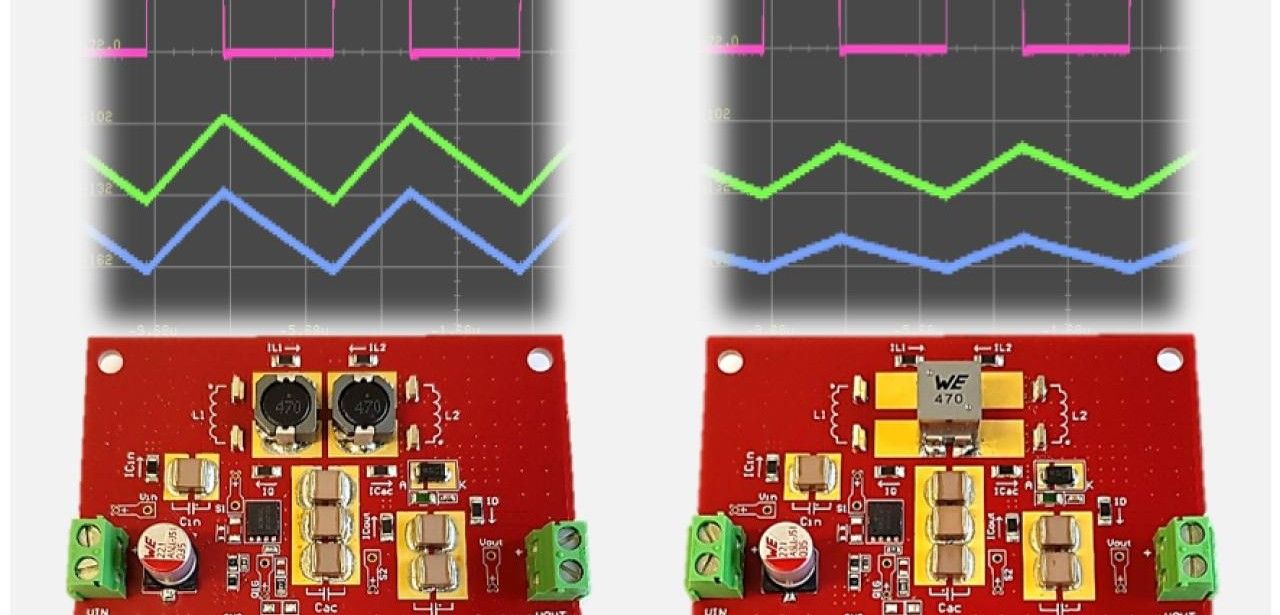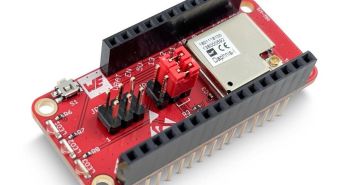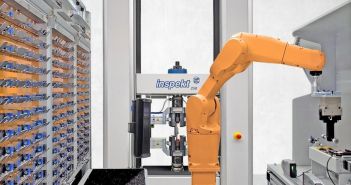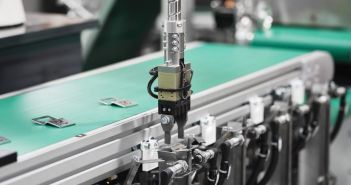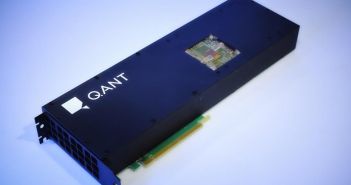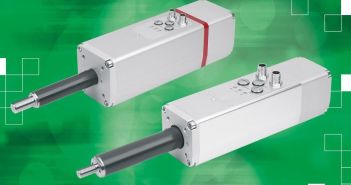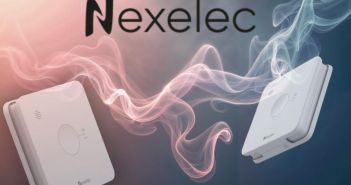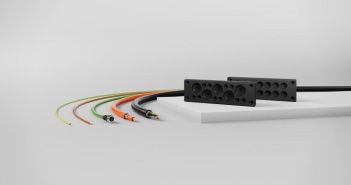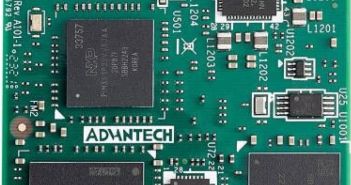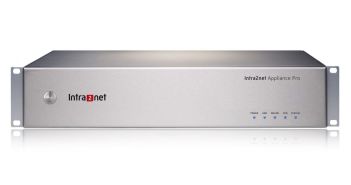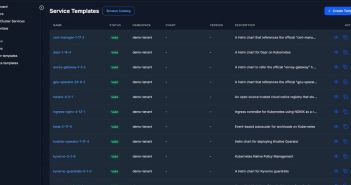ANP135 provides engineers a comprehensive guide to operating SEPIC converters in continuous and discontinuous modes. Over twenty-eight pages, it covers inductance selection, design guidelines, and implementation methods using coupled WE-MCRI chokes. SPICE simulations alongside prototype measurements support developers in optimizing performance and reducing EMI. Emphasis on stray inductance evaluation and ripple current steering offers data. This reference empowers designers to achieve efficient, reliable converter operation across load and input conditions.
Table of Contents: What awaits you in this article
Würth Elektronik ANP135: SEPIC Converter Uses Coupled Inductors Efficiently
This document, ANP135 from Würth Elektronik, details the design and operation of a non-isolated Single-Ended Primary Inductor Converter (SEPIC) topology. It explains how this converter produces regulated output voltages above, equal to, or below the input level. Implementation examples cover applications such as battery-operated devices, chargers, automotive energy systems, photovoltaic inverters, offline LED drivers, and optimized power factor correction. Design considerations for both coupled and uncoupled inductors are thoroughly discussed.
Coupled inductors on single core reduce parts, boost efficiency
In a SEPIC converter, two inductors may be implemented as discrete parts or as a single WE-MCRI coupled choke. The coupled arrangement places both windings on one magnetic core, reducing the number of parts and lowering the inductance needed to achieve the same ripple current levels. This consolidated design also occupies less printed circuit board space and improves efficiency by minimizing core and copper losses associated with separate distinct inductors.
Magnetic Coupling Enables Ripple Current Steering Reducing EMI Noise
Magnetic coupling between primary and secondary windings in a SEPIC converter facilitates Ripple Current Steering, directing the inductor current from the input winding towards the output winding. This targeted current path suppresses high-frequency harmonics and reduces conducted electromagnetic interference. According to Eleazar Falco, Senior Application Engineer at Würth Elektronik eiSos, intentionally increasing leakage inductance further enhances this mechanism, contrary to traditional design practices, improving overall converter performance and noise immunity.
SPICE Simulations and Measurements Validate Würth’s SEPIC Design Guidelines
Through comprehensive SPICE-based modeling combined with empirical measurements of a functional DC-DC SEPIC converter prototype, Würth Elektronik reinforces its design recommendations. The resulting evaluation offers in-depth visibility into switching loss dynamics, current ripple behavior, and device thermal characteristics. Engineers receive precise quantifications for sizing and choosing WE-MCRI inductors, enabling them to fine-tune converter performance and ensure stable operation under both continuous and discontinuous conduction modes, enhancing efficiency and EMC performance.
SEPIC Design Guide Leveraging WE-MCRI Inductors For Efficiency Optimization
Application Note ANP135 from Würth Elektronik provides a guide for designing SEPIC converters using coupled or uncoupled energy storage inductors. It emphasizes integrating WE-MCRI inductors to reduce component count, improve efficiency, save board space, and maintain stable operation. Ripple Current Steering techniques exploit magnetic coupling to suppress conducted EMI. Furthermore, SPICE simulations and prototype measurements supply developers with data on thermal and electrical behavior, switching losses, and overall reliability in continuous and discontinuous conditions.


